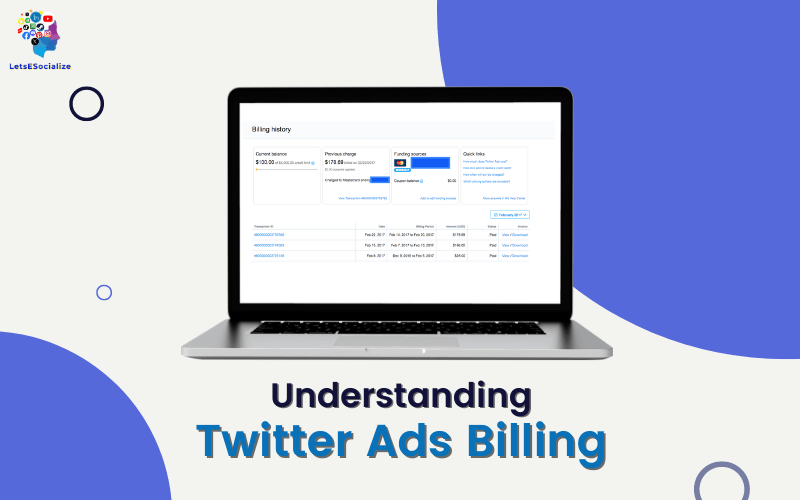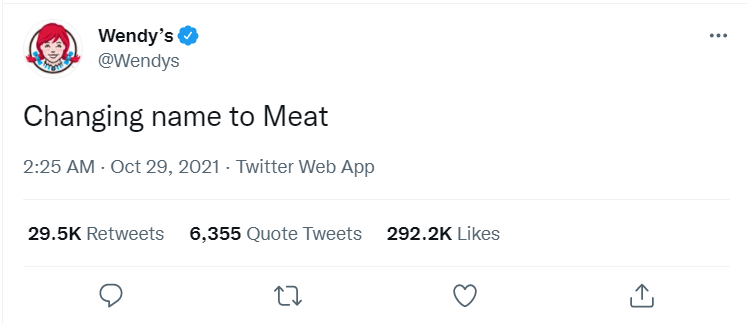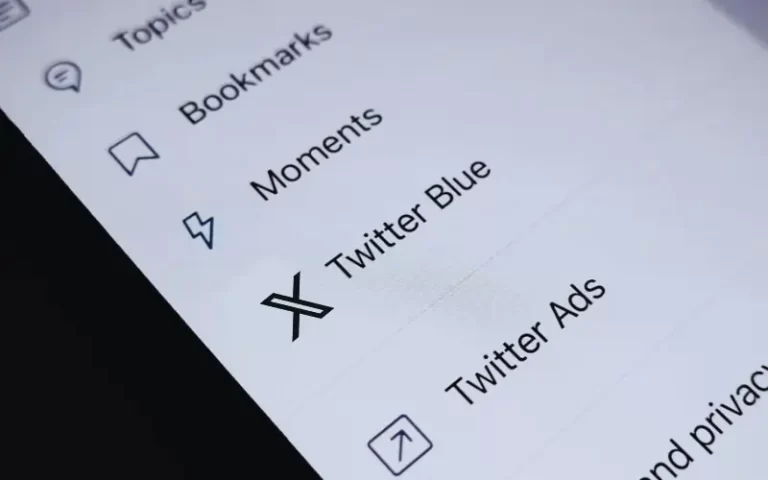Introduction
Managing the billing and costs associated with Twitter ad campaigns is an essential yet often confusing part of advertising on the platform. Understanding how Twitter bills for ads, pricing models, setting daily budgets, and monitoring spending are critical skills for getting the most value from ad investments.
This comprehensive guide covers everything brands need to know about successfully managing Twitter ads billing and costs. By following best practices around budgeting, optimization, and leveraging available tools, advertisers can maximize their return on ad spend.
Table of Contents
Overview of Twitter Ads Billing
Twitter bills advertisers based on how they choose to set up campaign pricing:
- Cost per impression (CPM) – Advertisers pay each time their ad is shown.
- Cost per click (CPC) – Advertisers are charged each time a user clicks their ad.
- Cost per conversion – Advertisers pay when a user completes a specified action.
- Cost per follow – Charges advertisers for each new follower gained from ads.
Understanding these pricing models allows brands to choose the approach aligned with their campaign goals and metrics.
How Twitter Ad Auctions Work
The ad auction process impacts cost:
- Advertisers set a maximum bid price** they’re willing to pay.
- When users open Twitter, an auction determines which ads to show.
- Based on the bid price and other factors like engagement, Twitter ranks eligible ads.
- The winning ads pay just above the next highest bidder’s max bid.
- Advertisers are ultimately charged less than their max bid if able to win auctions at lower prices.
Knowing this auction dynamic helps advertisers set intelligent bidding strategies.
Key Twitter Ads Billing Terminology
These are essential terms to understand:
- Impressions – Instances of an ad being shown.
- Reach – The total number of unique users who saw an ad.
- Frequency – How often users see an ad on average.
- Engagements – Clicks, likes, retweets and other engagements.
- CPC – Cost per click. How much do you pay for ad clicks?
- CPM – Cost per 1,000 impressions.
- CPE – Cost per engagement.
- CTR – Click-through-rate. Clicks are divided by impressions.
- CPA – Cost per conversion. The value of converting users.
Familiarity with this key terminology ensures billing data and metrics make sense.
Setting Daily Twitter Ad Budgets
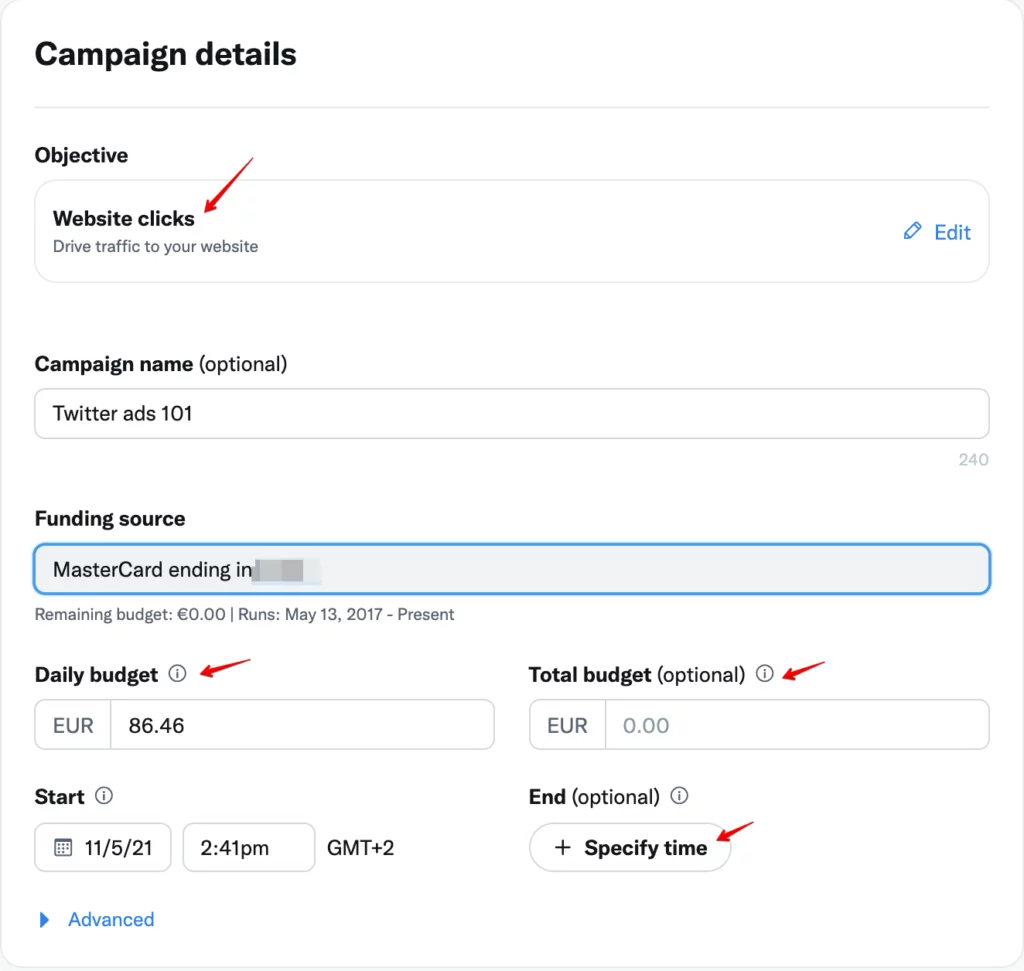
Choosing the proper daily budget is crucial for controlling costs:
- Start small – Test on limited budgets before scaling up.
- Set a daily cap – Average target spend per day. Twitter will optimize spending toward this cap.
- Allocate by campaign – Assign a portion of the budget to specific campaigns.
- Monitor pacing – Ensure spending aligns with budgets to avoid surprise overages.
- Adjust as needed – Increase budgets for high-performing campaigns dynamically.
- Schedule adjustments – Set budgets to increase or decrease on specific dates.
- Optimize for ROI – Compare spend to conversion value to maximize return.
Proper budgeting gives advertisers control over costs while scaling campaigns.
Ways to Reduce Twitter Ad Costs
Here are tips for lowering CPM and CPC:
- Bid down to find the lowest cost at which ads still deliver results.
- Remove unprofitable ad groups that increase costs.
- Create more ad variations to identify lower-cost options.
- Refine targeting to reach only interested audiences.
- Promote organic tweets, which are inherently meagre costs.
- Delete poor-performing ads that increase average costs.
- Promote at off-peak hours when bids can be lower.
- Set specific CPM or CPC targets using automated bidding.
- Advertise services with higher customer lifetime value to allow more bid flexibility.
The right optimizations make Twitter ads more cost-efficient over time.
Twitter Ads Billing Authorization
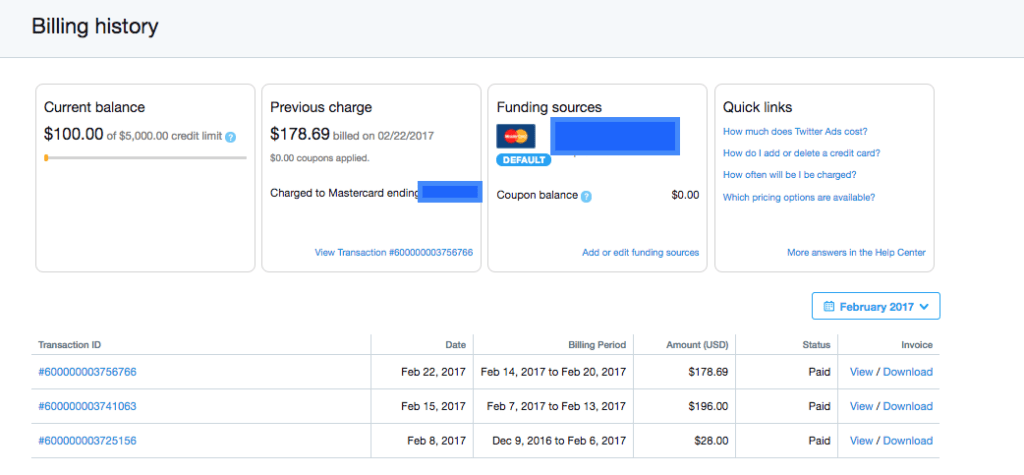
Twitter requires ad payment accounts to be authorized before campaigns can launch:
- Credit card – Provides the most convenience and flexibility. Charged as you spend.
- Invoice – Larger advertisers can request monthly invoicing upon credit approval.
- Prepay – Deposit set dollars in advance to Twitter Ads and draw down as you spend.
- Third-party – Have your agency manage billing authorization.
- Multiple accounts – Set up separate billing sources per campaign.
Ensuring proper payment authorization helps avoid campaign disruptions.
Monitoring Twitter Ads Costs
Consistently track costs:
- Review daily spending versus budget caps.
- Compare actual CPM or CPC to targets.
- Check for significant variances day-to-day that may need optimizing.
- Break down costs by ad groups to see what’s driving spend.
- Analyze costs across different targeting audiences.
- Look for spikes indicative of issues like impaired delivery.
- Set up real-time spending alerts to notify if approaching limits.
Close monitoring ensures no billing surprises and that budgets are managed effectively.
Optimizing Return on Twitter Ad Spend
Increase the ROI of your spend:
- Set specific CPA goals based on customer lifetime value data.
- Monitor conversation rates daily to catch any drops.
- Compare costs across different parts of the conversion funnel to minimize waste.
- Test higher and lower budgets for campaigns to identify optimal levels.
- Ensure attribution modelling accurately assigns value across touchpoints.
- Don’t overspend beyond capacity just because budgets exist.
- Promote highest-margin products and services if possible.
Analyzing spending through the lens of return enables optimal allocation for results.
Twitter Billing for App Promotion Ads
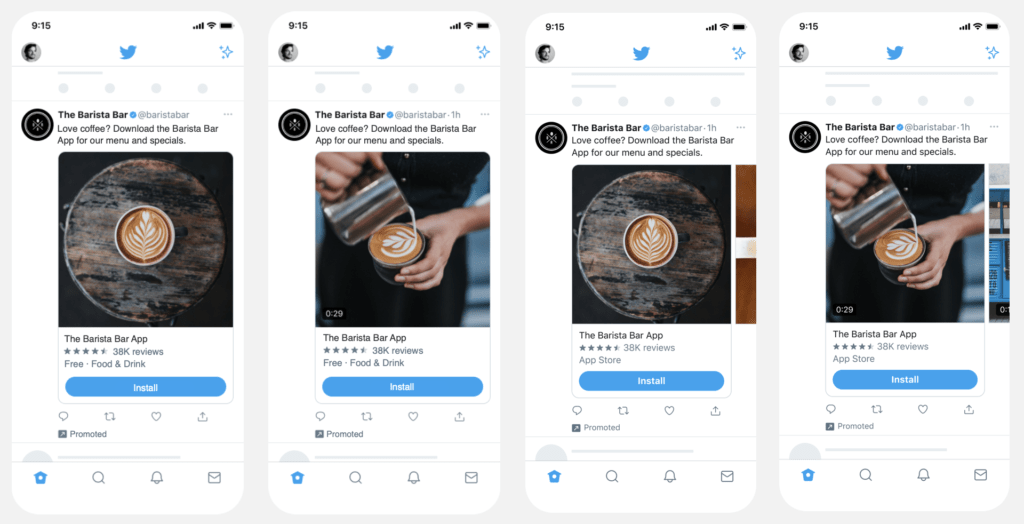
Billing works slightly differently when promoting mobile apps:
- Charged on cost per app install basis.
- Twitter defines an app install as someone opening the app within 28 days of seeing the ad.
- Cost capped at app download plus 30 days of additional in-app events.
- Can specify maximum cost per install willing to pay.
- Only charged when users complete actual app installs.
Understanding the unique dynamics of app install ads helps manage costs and value.
Billing Differences Across Twitter Ad Types
Cost implications vary based on the objective:
- Follower ads – Cost per follower acquired. Value depends on future engagement.
- Website clicks – Pay per click. Must factor downstream conversion value.
- Brand awareness – CPM. Assess the impact on metrics like a brand lift.
- App installs – Pay for installing users. Balance against lifetime value.
- Local visits – Pay per store visit. Compare to customer spend.
Matching the billing model with the desired outcome ensures measurement reflects real goals.
Twitter Ads Billing Reports
Leverage billing reports to optimize:
- Campaign Budget Report – Track daily budget pacing and burn.
- Billing Summary Report – Breaks down spend by campaign, ad group and more.
- Conversion Tracking Report – Cost per conversion metrics.
- Campaign Cost and Performance Reports – Metrics across multiple dimensions.
- Auction Insights Report – Win rates and auction dynamics.
Regularly analyzing these reports provides the visibility needed to make smart budget decisions.
Forecasting Twitter Ad Costs

Build forecasts to plan budgets:
- Establish CPM and CPC benchmarks from past campaigns.
- Project impressions based on the reach of targeted audiences.
- Estimate CTRs based on typical engagement rates.
- Factor in desired frequency given reach totals.
- Calculate a daily spending figure to accommodate volumes.
- Consider the impacts of any seasonal trends if applicable.
- Build in the overhead buffer for unpredictability and testing.
Though estimates, informed forecasts enable advertisers to plan budgets and model scenarios.
Twitter Ads Cost Management Best Practices
- Set specific CPA targets based on customer lifetime value.
- Take time to learn the billing mechanics and terminology.
- Build campaigns modularly so parts can be paused to control costs.
- Analyze reports frequently to stay on top of spending trends.
- Set transparent budgets for every campaign aligned to goals.
- Leverage Twitter’s automated bidding capabilities.
- Test aggressively to determine optimal CPM and CPC levels.
- Monitor pacing daily to avoid accidental overspending.
Properly managing Twitter ads billing and costs takes work but generates significant payoffs if done right.
Conclusion
Understanding the details of Twitter’s ad billing processes gives advertisers the control and visibility to optimize budgets. By closely monitoring spend across campaigns, keeping bidding and targeting lean, regularly analyzing billing data, and comparing costs to downstream value, brands can minimize Twitter ad expenses while maximizing measurable impact. Advertisers can scale campaigns to their full potential with the right billing foundations.

